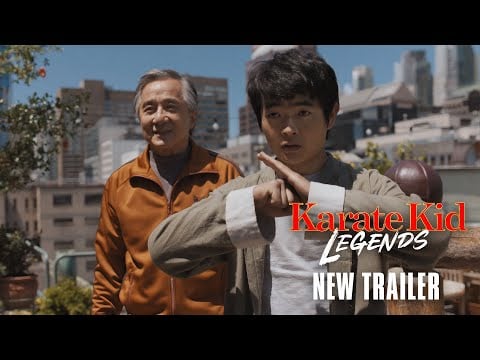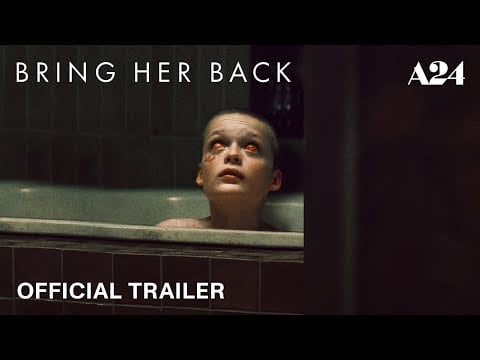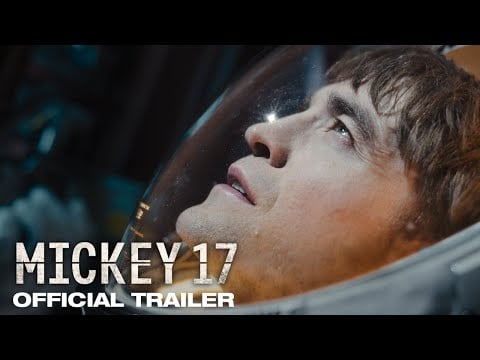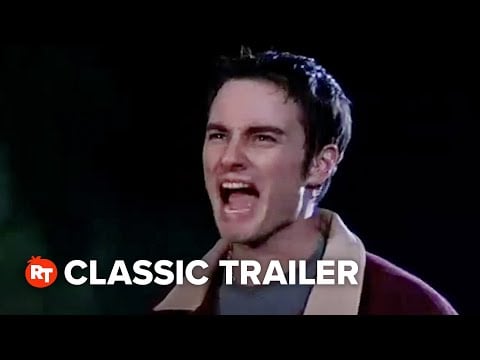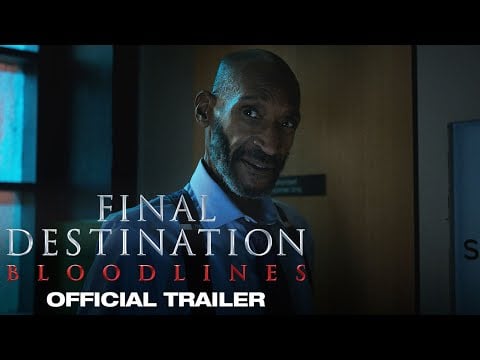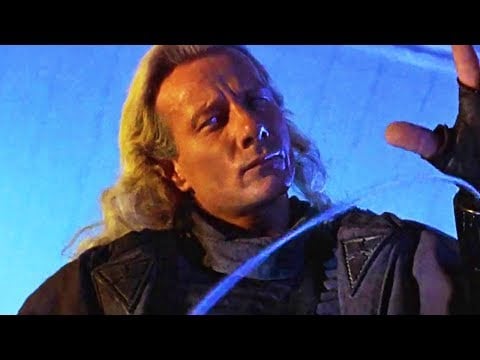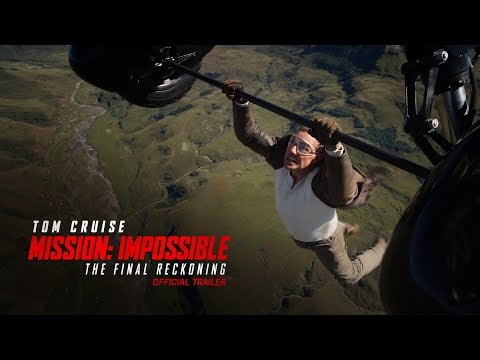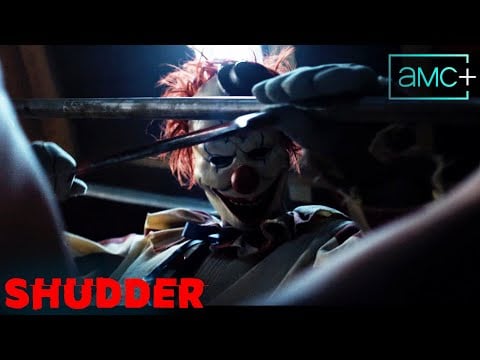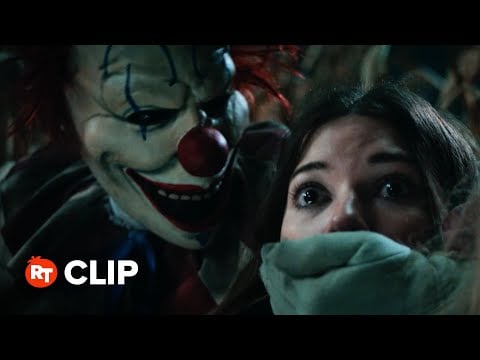Francis Lawrence’s “Constantine” (2005), the first film adaptation from the “Hellblazer” comic book, has become not just a cult movie but a newly appreciated work that was mostly dismissed, even hated, by most critics upon release.
Long before Keanu Reeves was John Wick, he played John Constantine in a vehicle that typically fills comic book fanboys with instantaneous bouts of rage. Not that I blame them.
The “Hellblazer” series, put out by Vertigo/DC Comics, portrays Constantine as a blonde, British smart ass with the ability to journey back and forth between Earth and Hell.
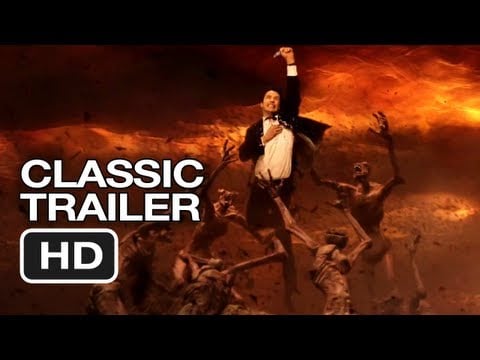
Reeves plays him as a Yankee (a wise choice, considering his unfortunate accent in the otherwise extraordinary 1992 “Bram Stoker’s Dracula”) with dimension-hopping capabilities and an impressive knowledge of the occult. Otherwise, the tone of the character and film differ from the source material, in ways that don’t always work.
Reeves has a strong presence that fills the screen, as his uniquely handsome features, stressed hair and dark suit make him a great leading man for any movie, let alone a horror neo-noir. He makes the role his own but still unwisely underplays the humor.
He has some nice moments of cynical humor, but his performance (and the movie) would’ve been better had he been funnier.
Lawrence directs with a confidence and visual finesse that’s not always typical of first-time filmmakers. His debut has a look not dissimilar to “The Matrix” (1999), as the color is de-saturated but there are still many scenes of perverse beauty.
This is an effects-heavy film, loaded with CGI that is truly amazing.
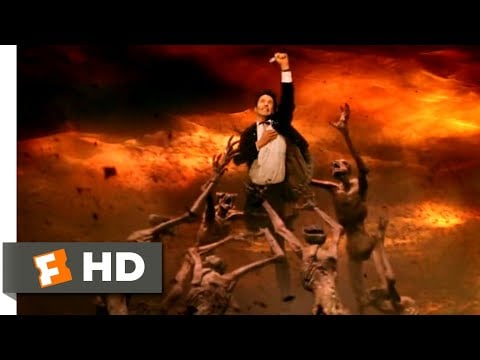
Philippe Rousselot’s cinematography is gorgeous, somehow evoking film noir, presenting some scenes in washed-out tones, while others are rich in color and depth. Rousselot also shot John Boorman’s “The Emerald Forest” (1985), Philip Kaufman’s “Henry & June” (1990), and Robert Redford’s “A River Runs Through It” (1992).
I didn’t expect his work on “Constantine” to be so amazing to behold, but it absolutely is.
It takes its story seriously, adapting a no-joke approach to religion not unlike the semi-serious tone of Kevin Smith’s “Dogma” (1999), the rowdy comedy that presented its themes of Catholic guilt and redemption with total sincerity.
In fact, the two would make a great double feature.
FAST FACT: “Constantine” earned $75 million stateside in 2005, not enough to cover its $100 million budget. The film’s overseas haul – $154 million – helped immensely.
“Constantine” begins with a hilariously over-the-top exorcism sequence, establishing the sort of ghoulish fun the movie wants to have with its audience. However, instead of the dark humor proving consistent, it comes and goes, even as the spectacle never wavers.
Constantine’s encounters with Satan and Gabriel are written with clever irreverence and benefit greatly from the way Peter Stormare and Tilda Swinton gamely embody them and provide artfully weird turns. Rocker Gavin Rossdale registers strongly in a supporting role, suggesting a film career that could have flourished but didn’t expand beyond this movie.
Playing a cop with a strange connection to the story, Rachel Weisz is once again paired with Reeves, for the second time after their state-of-the-art B-thriller, “Chain Reaction” (1996). As in that movie, she musters only a sibling-like chemistry with her co-star and tags along when she should be helping carry the film.
Keanu Reeves isn’t “happy” with the Constantine 2 scripts currently in development, says co-star Peter Stormare, saying “Don’t turn it into big Marvel.” https://t.co/AOhFeAKsJq pic.twitter.com/ei8AWNZDzr
— IGN (@IGN) May 30, 2025
Reeves, on the other hand, has instant credibility in this world and looks so cool as Constantine, he’s fun to watch, even though he’s still miscast and some of his line readings are wrong-headed, wooden and ill-considered.
Far worse is Shia LaBeouf, whose breakout turn in “Holes” (2003) was followed by his irritating comic relief cabbie in this movie, which didn’t need him.
The awesome visuals are non-stop. As a depiction of ample spiritual warfare in a modern setting, this is a rich, beautifully made freak show. It’s so stunning to look at and madly audacious, it comes close to working.
The visions of heaven and hell it provides reminded me of the go-for-broke climactic scenes of “The Frighteners” (1996), another movie with a daredevil spirit and smirk on its face. “Constantine” strove for “Angel Heart” (1987) meets “Ghostbusters” (1984) and didn’t get there entirely.
Neither did the recent TV series version, which nailed the tone and requirements of the character, but suffered from inconsistent episodes.
Considering how unusual “Hellblazer” is as a comic book, it can’t be easy to get this right. As a film, “Constantine” holds up better than I remember, a comic book movie with guts and vision. The movie is always at full throttle, even when Reeves isn’t.
He’s both an asset and a stumbling block in his own movie.
For the record, it’s hard to say who would win in a fight, John Constantine or John Wick. After all, Wick has been through hell, but Constantine has been to hell, more than twice!
Now that “Constantine” has been revisited, embraced as a cult film, entered into the Keanu canon and redeemed by cinephiles, is it time to give “Johnny Mnemonic” (1995) another shot?
The post Reeves’ ‘Constantine’ – From Dud to Cult Favorite appeared first on Hollywood in Toto.
from Movies - Hollywood in Toto https://ift.tt/hNiMk8t

